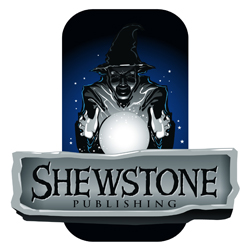This week’s poll at the Shewstone Publishing forum is on theurgy archetypes. Theurgy is the magic of holy names, by which the magician borrows the authority of powerful spirits and commands reality to bend to the magician’s will. Although it comes with strong religious symbolism, Theurgy is a magical Science. In Magonomia, it works regardless of whether the magician has any religious convictions.
Come visit the Shewstone Publishing forum and cast your votes for your favorite Theurgy PC archetypes! You will have to register with our forum site in order to vote.

